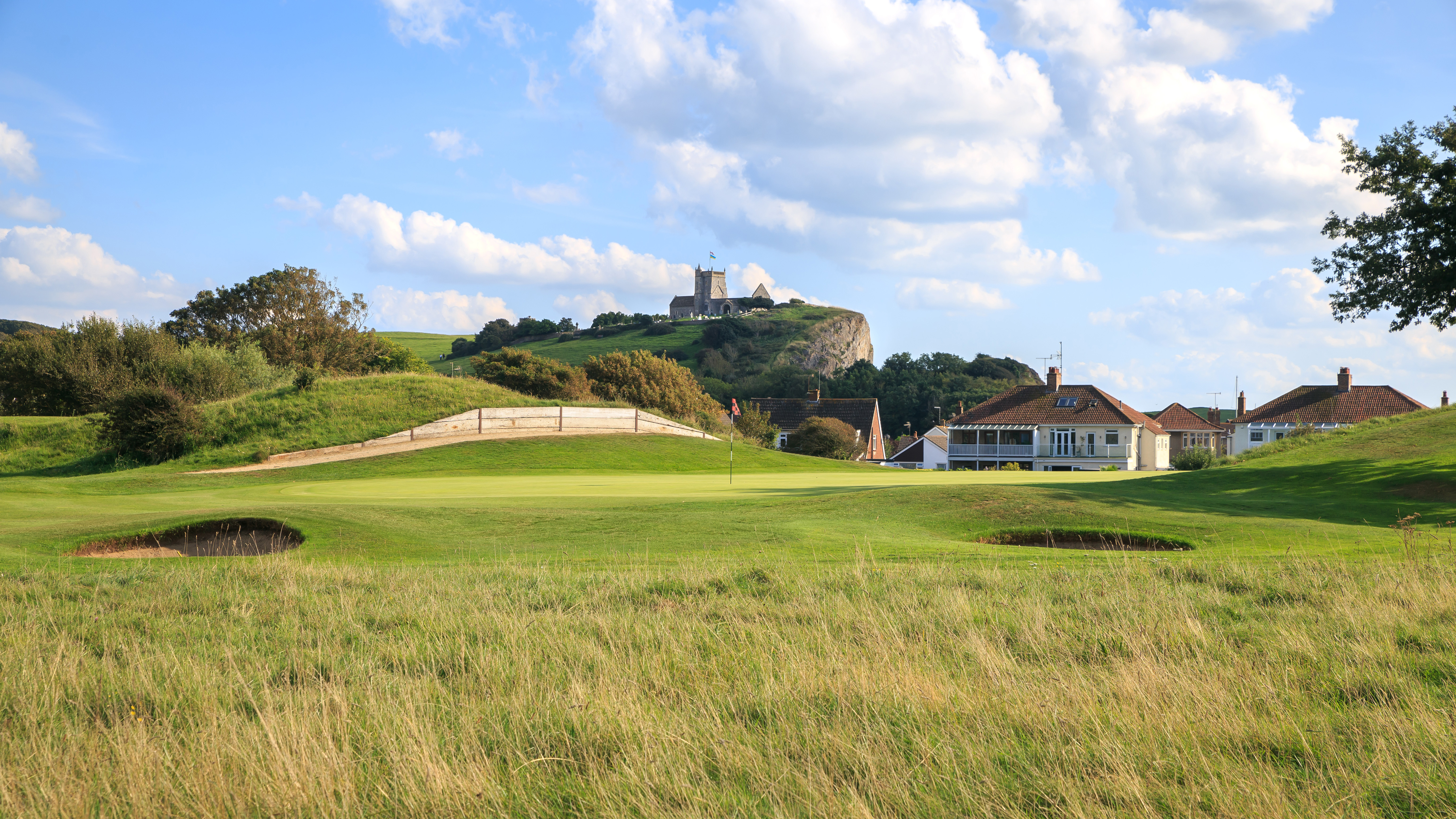
The Alister Mackenzie Legacy
Having learnt his architectural trade beginning with his home course at Alwoodley in 1907, Alister MacKenzie would go on to create and modify many more courses in almost 30 years, including Augusta National as well as these five extremely varied English layouts. His legacy lives on both in many Top 100 and Next 100 courses and elsewhere.
Weston-Super-Mare
The original course here on the Somerset coast was designed by Tom Dunn in 1892, but it was largely remodelled by MacKenzie some 30 years later. Running over level ground that borders the beach and has lovely views over the Bristol Channel, two of its toughest par 4s, the 5th and 6th, are played on the other side of Links Road at the far end.
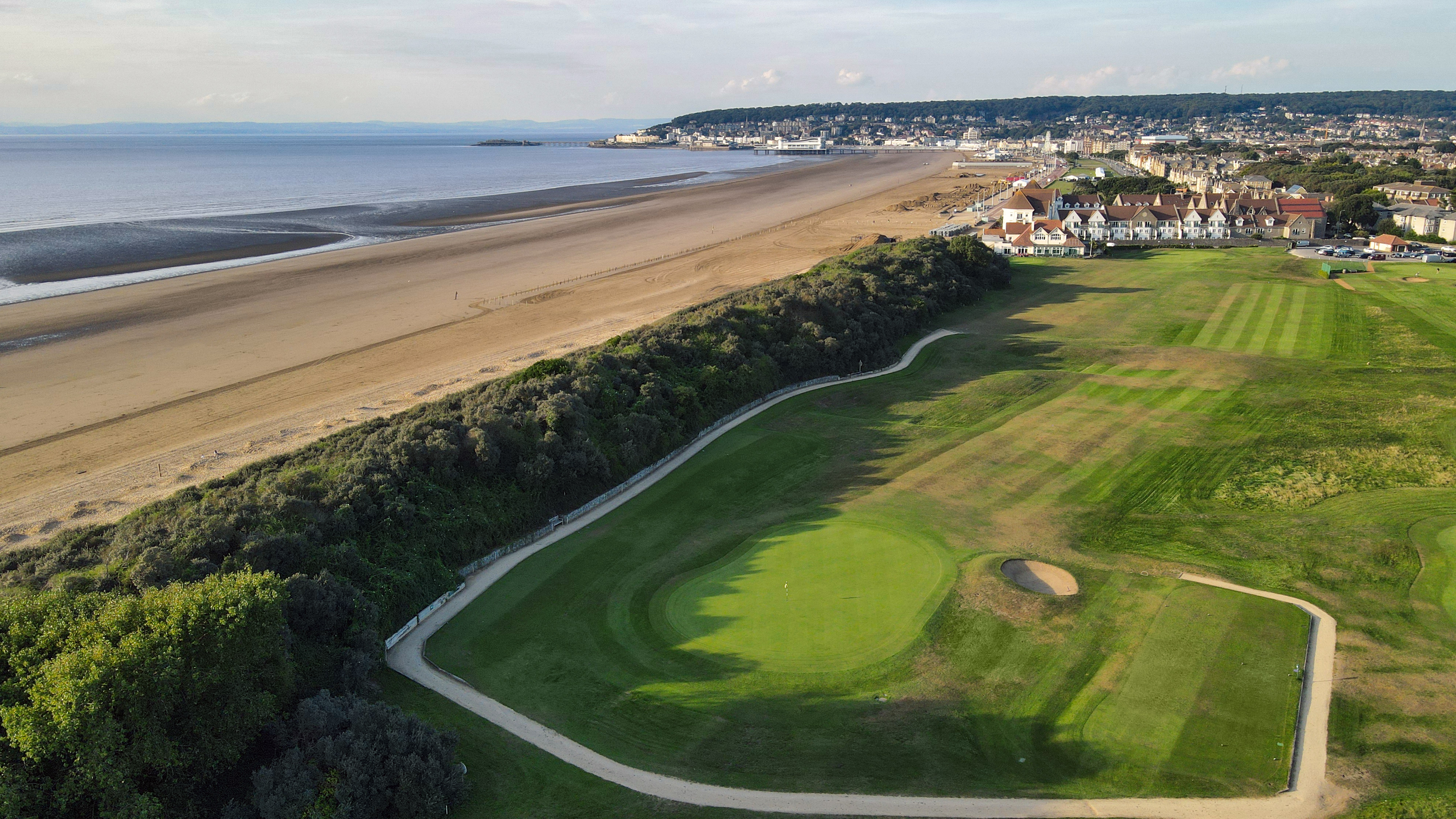
The course has its very own Road Hole at the 15th, so named due to its similarity in both design and difficulty to the famous penultimate hole on the Old Course at St Andrews. This is a very enjoyable course that is also one of the finest in the county.
- GF: 18 holes £60wd, £70we
- W: westonsupermaregolfclub.com
Seaton Carew

Most unusually, this Top 200 course in County Durham has 22 holes, and they can be played in a variety of configurations. The original MacKenzie holes make up the Old, while 14 of these combine with four newer ones designed by Frank Pennink, known as the Brabazon.
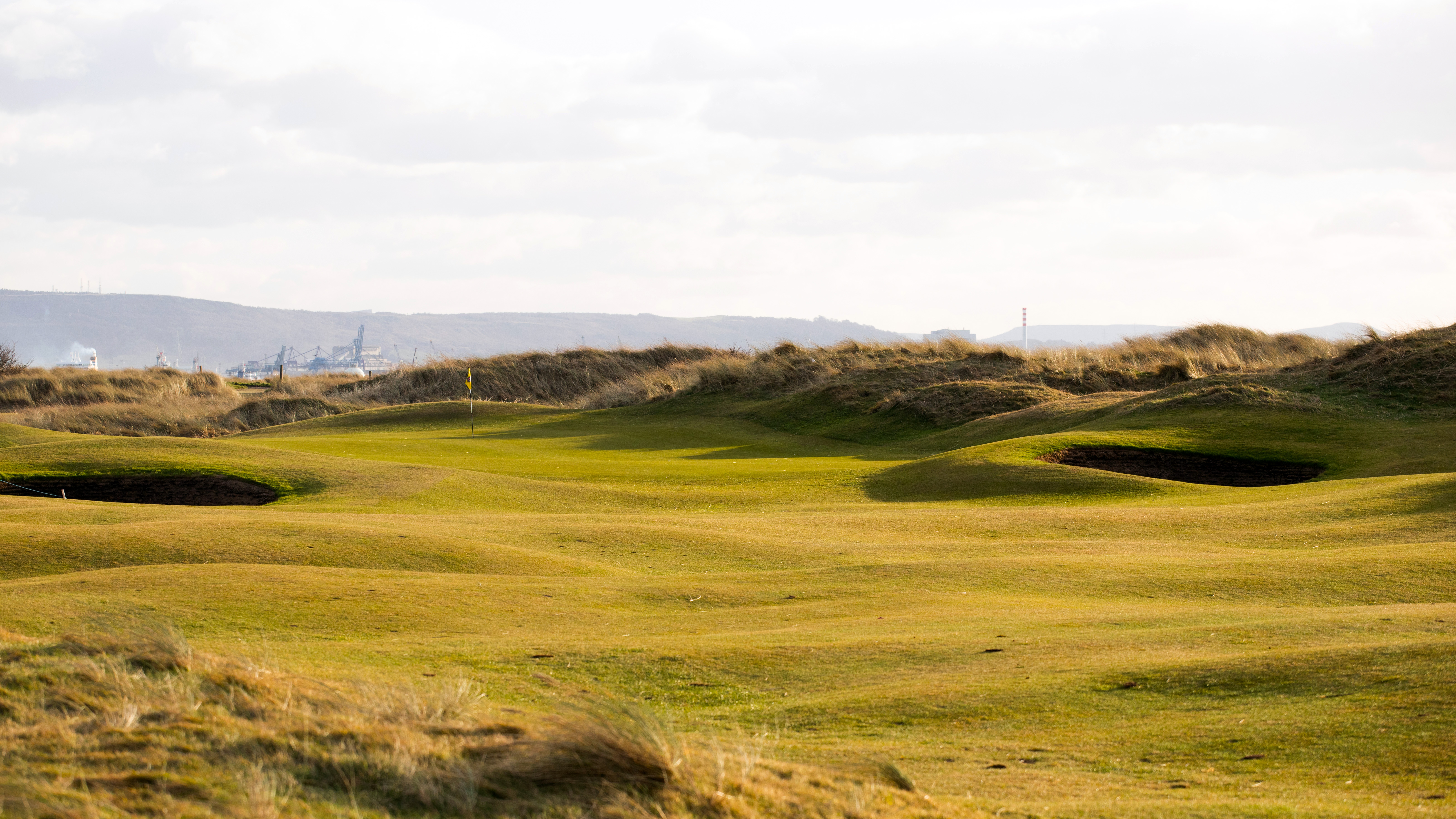
This is a really strong, traditional links where the natural setting of the holes contrasts vividly with the industrial surroundings. Celebrating its 150th anniversary, the club hosted this year’s English Amateur Championships. Why not play all 22 holes and make up your own mind as to which configuration is best!
- GF: 18 holes £90 all week
- W: seatoncarewgolfclub.co.uk
Broadway

Broadway Golf Club is not the only club in the country to be located in one county (in this case Worcestershire) but affiliated to a different union (Gloucestershire), but that matters not one jot. What does matter, is that this is a delightful course situated high up in the Cotswold hills with excellent views and plenty of very enjoyable golf on offer.

MacKenzie came in during the 1920s to redesign and expand the course, before further work by Tom Simpson and James Braid, with the excellent and very attractive par-3 5th his greatest legacy here. There are excellent views from the clubhouse down over the course and beyond.
- GF: 18 holes £70wd, £75we
- W: broadwaygolfclub.co.uk
Stanmore
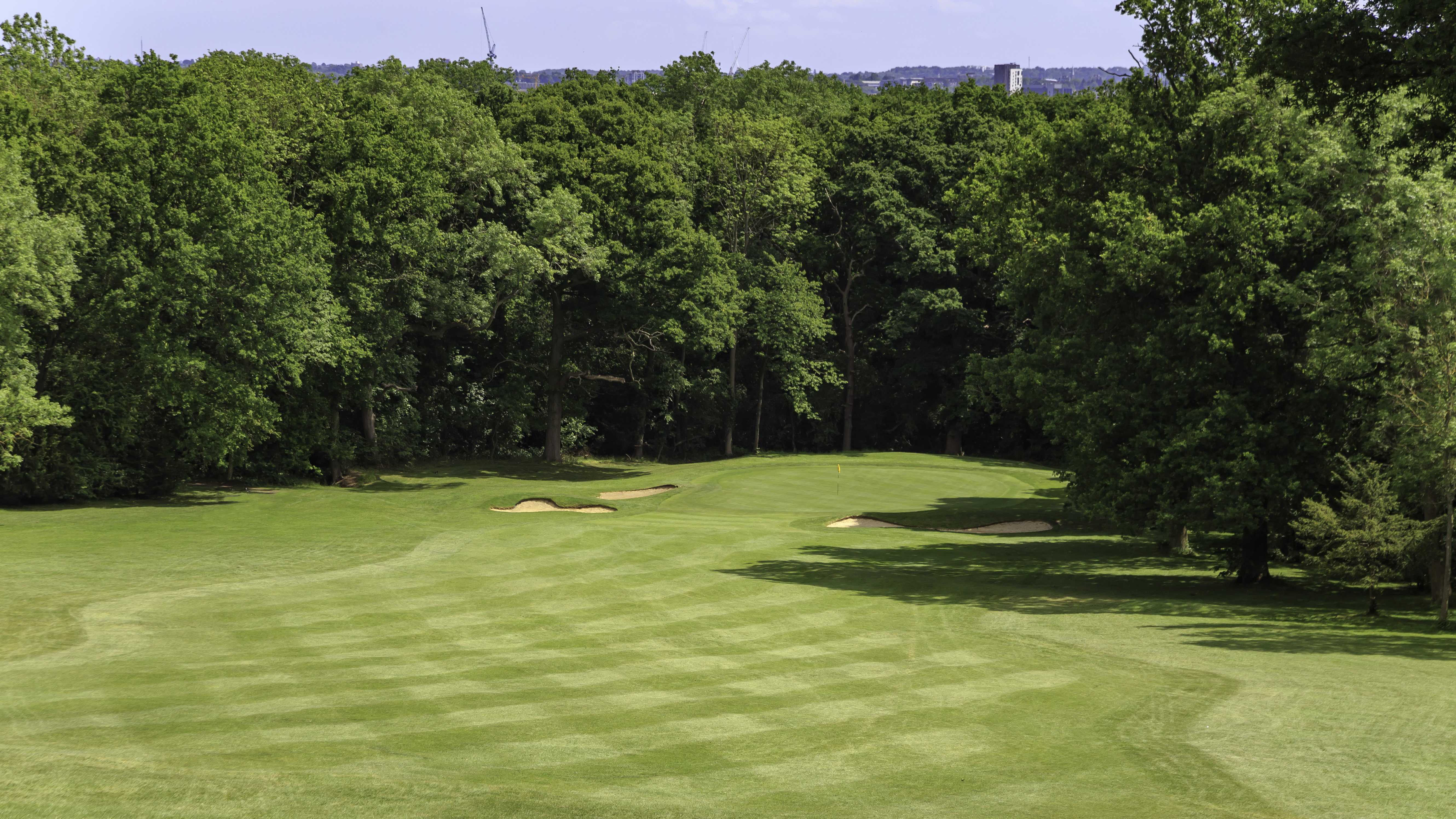
Founded in 1893, the original development here had 27 holes until MacKenzie was engaged soon after the First World War to create just the one bigger and better course of 18. Just 10 miles to the north-east of Heathrow Airport, it is now an oasis in suburbia, with a relatively tight course that boasts a handful of enjoyable short holes.

There are also two par 5s at the 11th and 18th where there will be hopes of a birdie. Kept in fine fettle, this undulating course is remarkably good value for anywhere of this quality so close to the capital.
- GF: 18 holes £39.50-£49.50wd, £60we
- W: stanmoregolfclub.co.uk
Worcester

You might be forgiven for thinking that somewhere with Country Club in its name is going to be a newish venture, but this club close to the River Severn actually dates back to 1898 and was previously known as Worcester City.
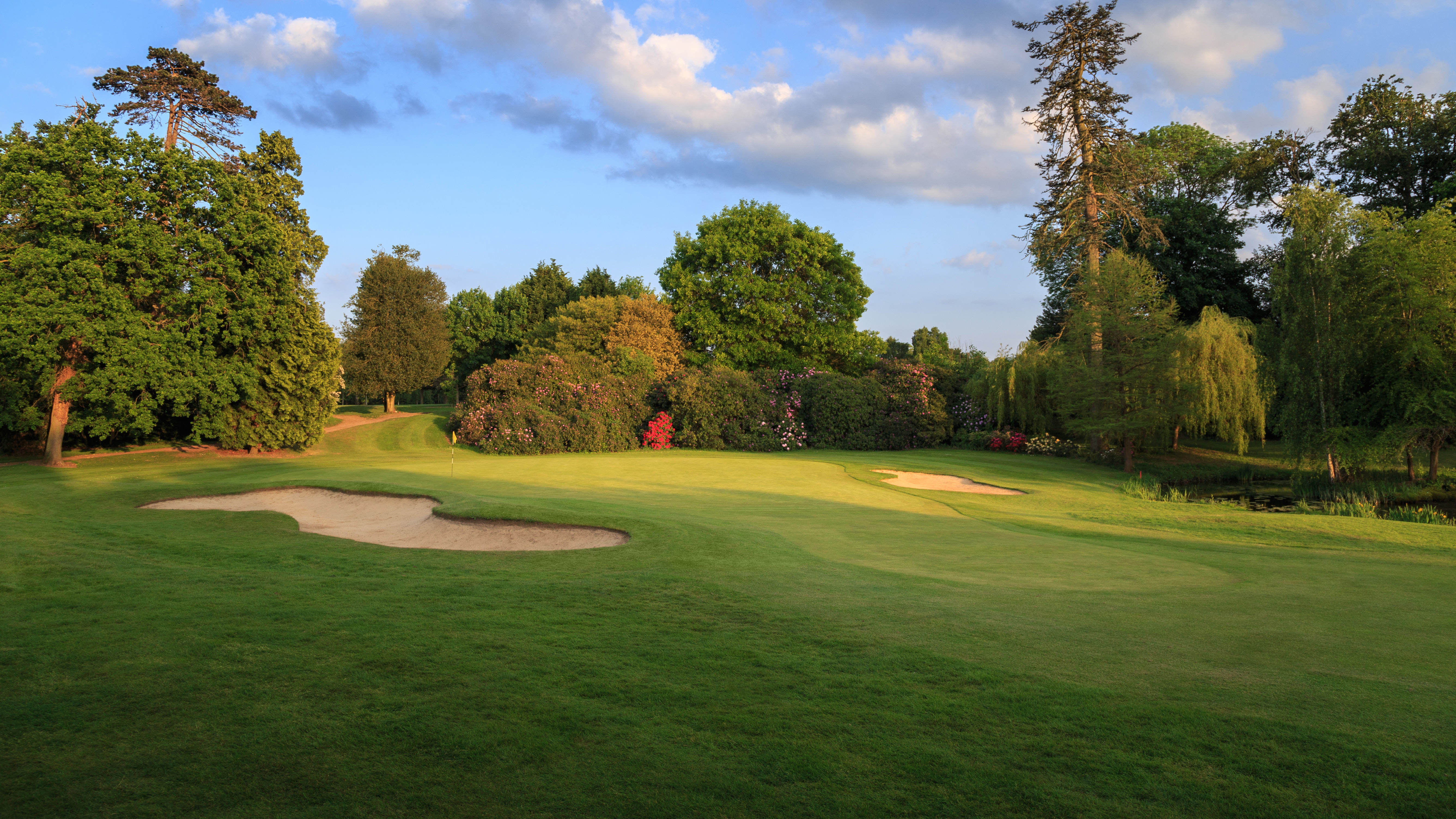
The extremely busy Alister MacKenzie was hired in 1927 to design what is now a tree-lined parkland course to the west of the city. Following a tough start with three demanding par 4s surrounding two par 5s, it eases up just a little with only one more par 5 but a handful of attractive short holes.
- GF: 18 holes £65wd
- W: worcestergcc.co.uk







